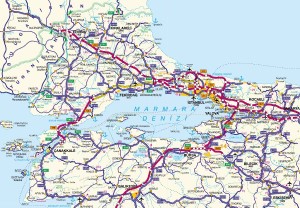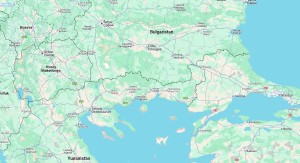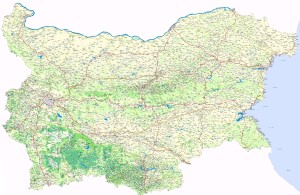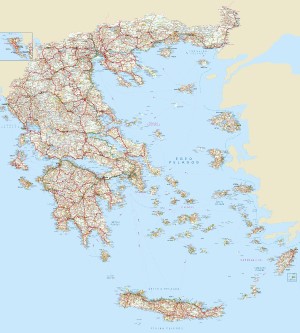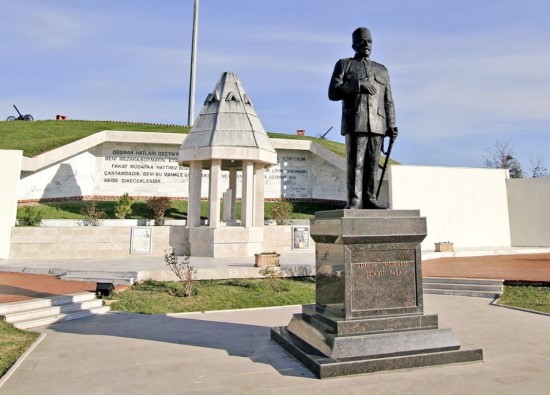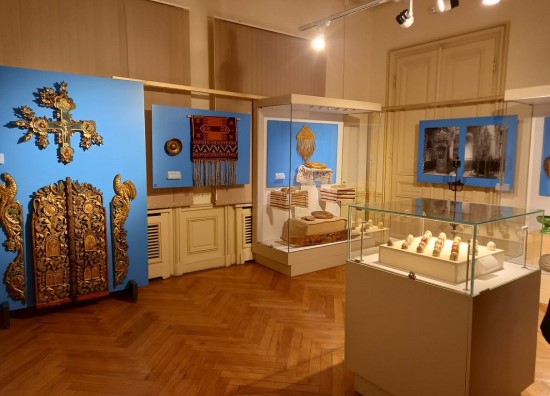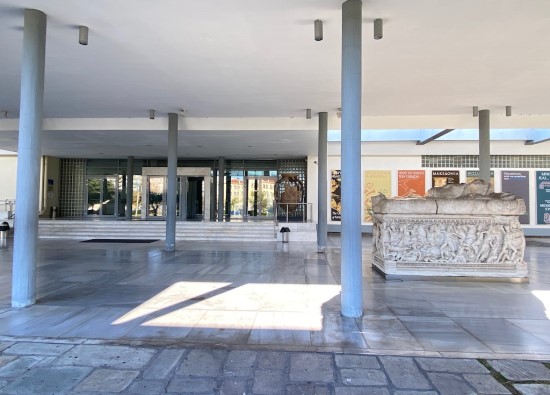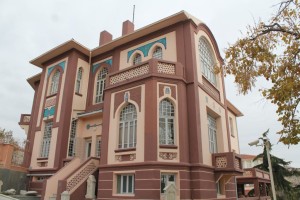November
Sunday
Museums
Select the settlement whose tourist information you want to see
If you wish to embark on a mysterious journey through the corridors of Tekirdag's ancient history, you need to knock on the handles of four doors opening to time. The Tekirdag Archaeology and Ethnography Museum, operated by the Ministry of Culture and Tourism, unveils the secret world of Tekirdag's past.






